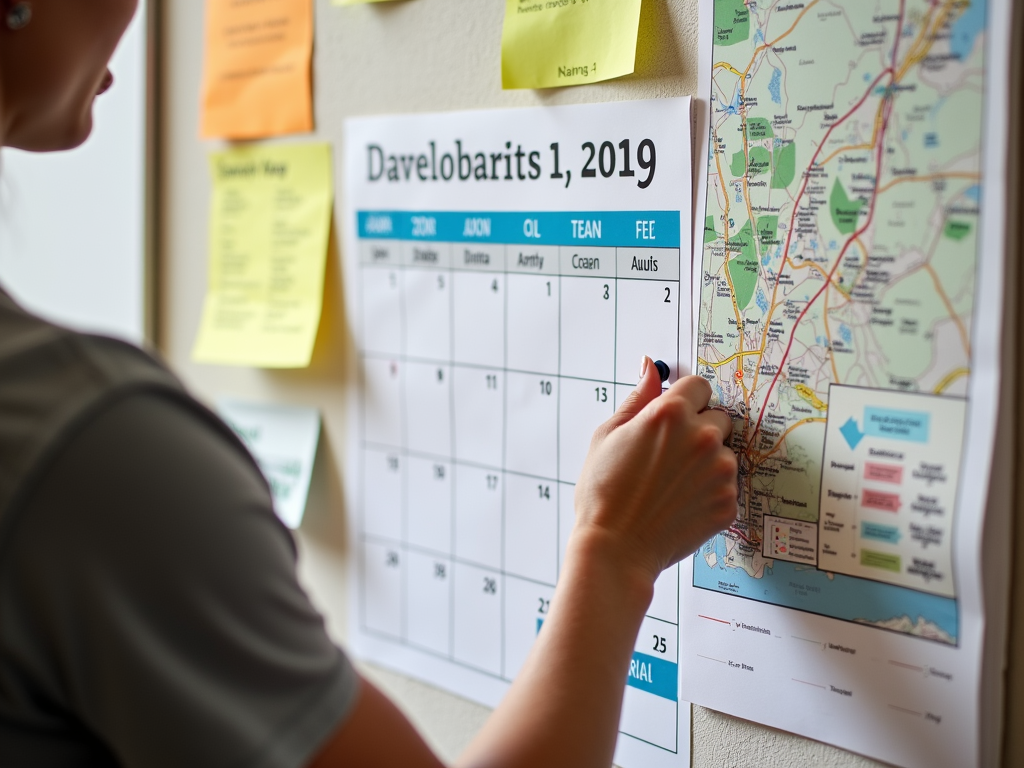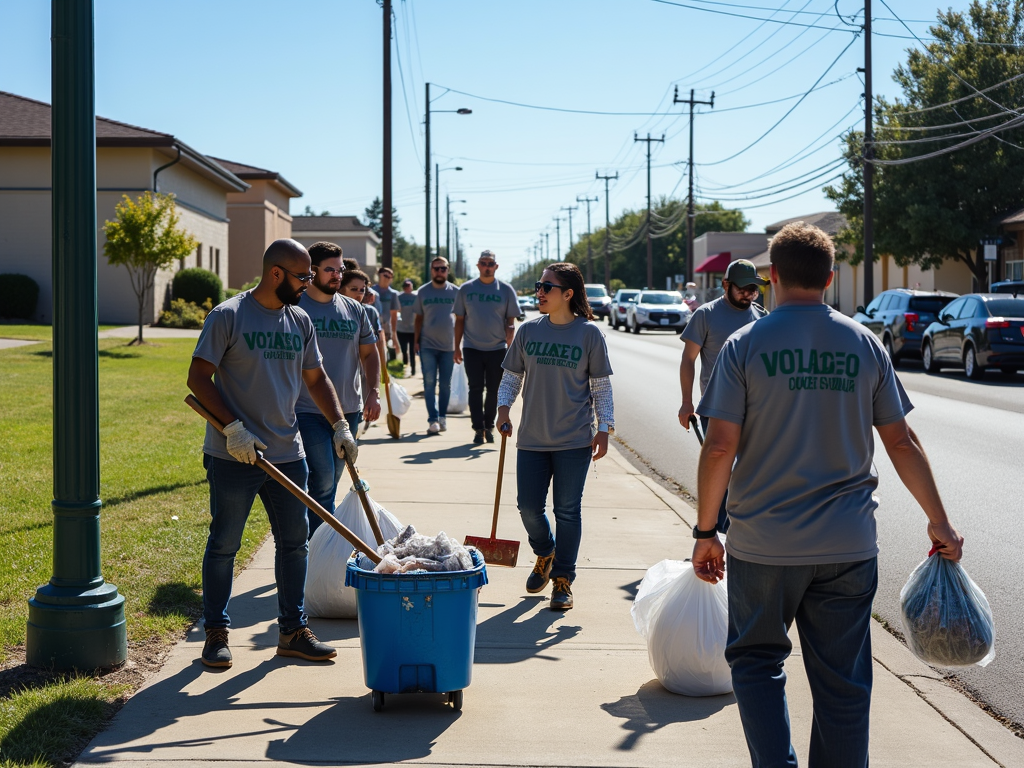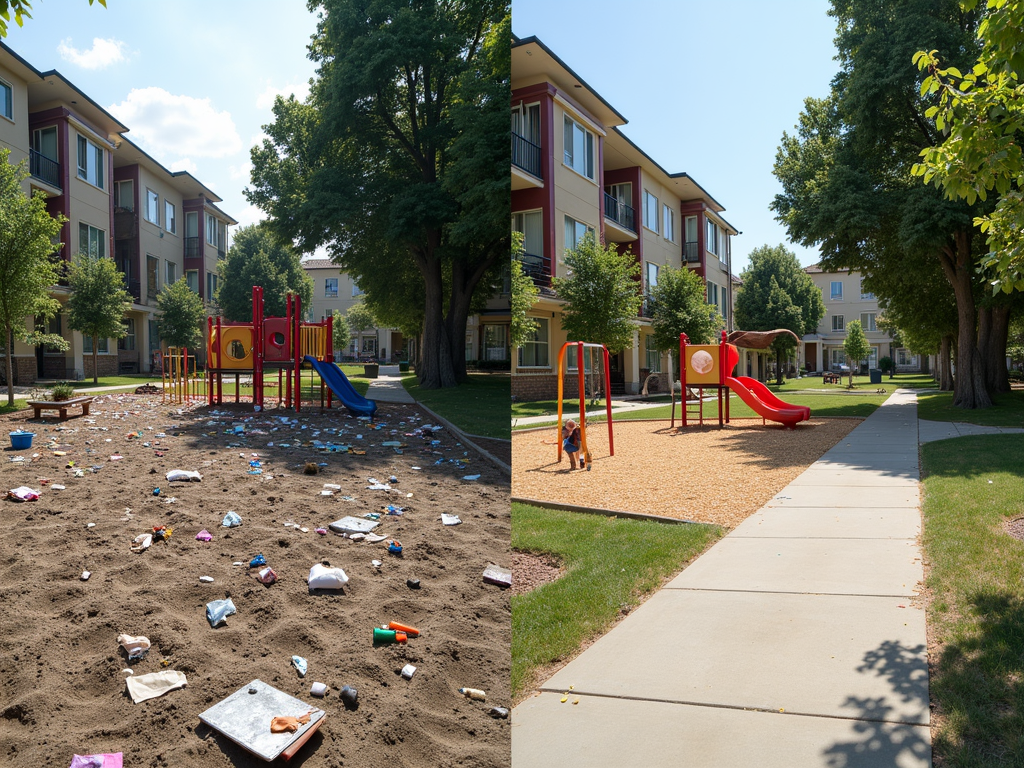Planning a Successful Neighborhood Clean-up: A Step-by-Step Guide
By , June 7, 2025
Overview:
A neighborhood clean-up can transform your community in just a few hours. It’s a chance to clear trash, connect with neighbors, and take pride in where you live. This guide covers everything you need to know about planning a successful neighborhood clean-up, from start to finish.
Why Clean-ups Make a Difference
A clean neighborhood isn’t just about looks—it’s about community. Picking up litter can lower stress, encourage outdoor time, and even cut petty crime. The Environmental Protection Agency notes that clean-ups reduce pollution and protect local wildlife. Plus, they’re a hands-on way to teach service learning and show volunteers the power of teamwork.

Step 1: Define Your Goals
Start by deciding what you want to accomplish. Are you targeting a littered street, a neglected park, or a stream full of debris? Set a measurable goal—like filling 30 trash bags or clearing a half-mile stretch. I once helped plan a clean-up where we aimed to remove old tires from a lot. Having that focus kept us motivated.
Step 2: Pick a Date and Spot
Choose a day that works for most people—weekends are usually best. Avoid rainy seasons or big local events. For the location, pick a spot that’s manageable for your group size. Call your city office to see if you need a permit. Some places require it, and it’s better to know ahead of time.

Step 3: Rally Your Volunteers
Volunteers make or break a clean-up. Start with people you know—neighbors, friends, coworkers. Post on social media or a site like VolunteerMatch to reach more folks. I’ve found that a personal invite works wonders. Give everyone a clear job, like sorting recyclables or directing traffic, so no one feels lost.
Step 4: Collect Your Supplies
Keep it simple but prepared. Here’s what you’ll need:
- Trash bags: Get heavy-duty ones.
- Gloves: Protect everyone’s hands.
- Safety vests: Make your team visible.
- Water: Keep volunteers hydrated.
Ask a local hardware store to donate items. They often say yes to community projects.

Step 5: Spread the Word
Get people excited about organizing a community service event. Make flyers with the date, time, and meeting spot—put them up at coffee shops or libraries. Share posts online with photos of the messy area to show why it matters. A friend once got a radio shoutout for our clean-up, and twice as many people showed up!
Step 6: Run the Day Smoothly
On the day, set up early. Have a sign-in sheet and hand out supplies. Kick off with a quick talk—cover safety (watch for sharp objects!) and split into teams. Check in with everyone during the event. I’ve learned that walking around with a smile and a ‘thank you’ keeps spirits high.

Step 7: Wrap It Up Right
Afterward, dispose of the trash properly—your city might offer free pick-up if you call ahead. Thank your team with a group photo or snacks. Take a moment to reflect: How much did you clean? What could go better? One time, we forgot extra bags and had to improvise—lesson learned!
Real Impact: A Personal Story
Last year, I helped organize a clean-up in my neighborhood. We cleared a playground that kids had stopped using because of litter. Seeing families return the next week made every sweaty minute worth it. That’s the magic of these events—they don’t just clean; they heal.

Tips for Success
Here’s what I’ve picked up:
- Start small: Don’t overwhelm your team.
- Bring music: It keeps energy up.
- Take photos: Share them to inspire others.
The Keep America Beautiful campaign says clean-ups can spark long-term change—your event could be the start of something big.
Summary
Planning a successful neighborhood clean-up is about more than trash—it’s about people coming together. With clear goals, a solid plan, and eager volunteers, you can transform your area and build stronger bonds. Try it yourself. Grab a bag, call a friend, and see what happens.